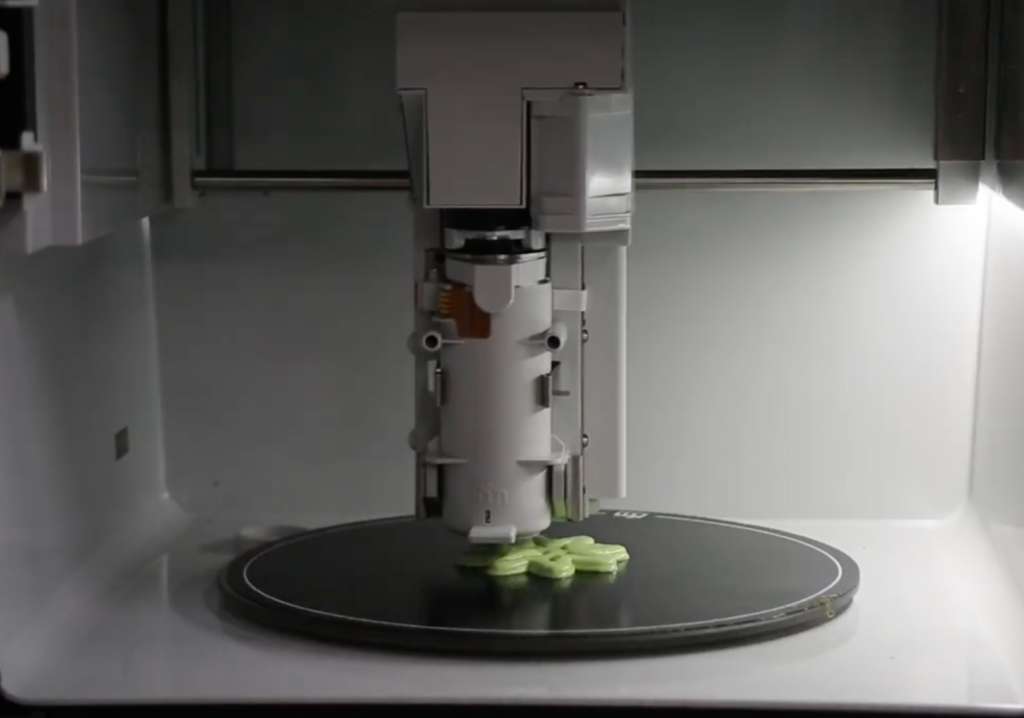Meet the team “printing” pureed food in fun and exciting ways to improve the eating experience of people with swallowing difficulties.
An estimated one million Australians have dysphagia, or difficulty swallowing, affecting their health and quality of life. For people who can only eat pureed food, its shape and visual appeal can affect both their appetite and their nutrition.
Working with researchers from Deakin University, the University of Technology Sydney and the Australian National University, speech pathologist Professor Bronwyn Hemsley has been exploring whether a 3D printer is capable of “printing” pureed food that will improve the eating experience for more people with dysphagia.
The project has received funding from from the Australian Research Council via the Discovery Project.
Hemsley believes there is large scope to further improve the printer’s capability in terms of the user experience and the variety of food textures it is able to print.
“At the moment, 3D food printing is quite limited,” she told create. “There needs to be more work done by engineers, speech pathologists and people with dysphagia to co-design a machine that will do exactly what’s needed.”
Hit play on the video below to learn more about the invention – and what the 3D-printed food tastes like.
Filmed by Carlos Manaog with reporting by Jonathan Bradley.



